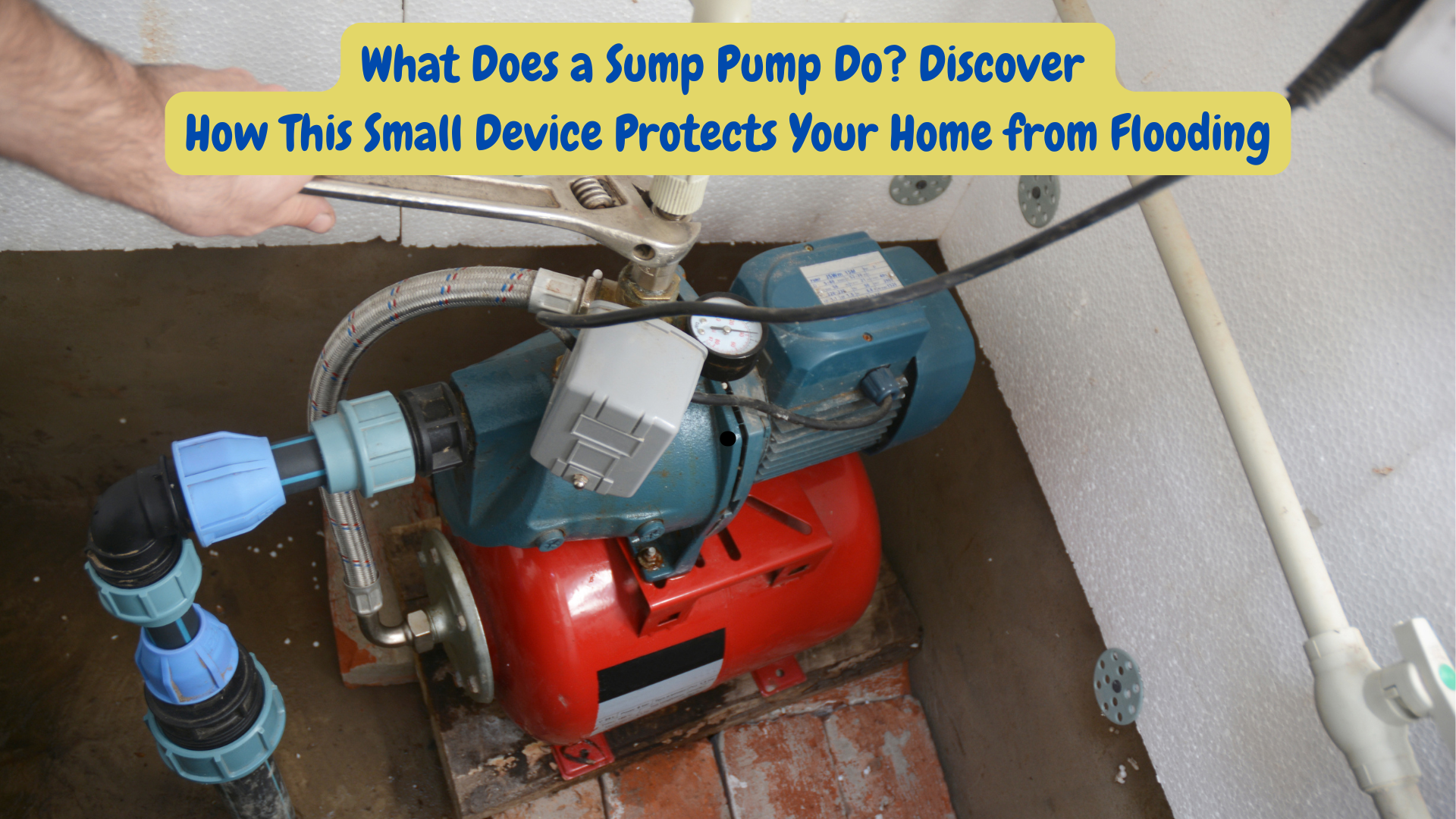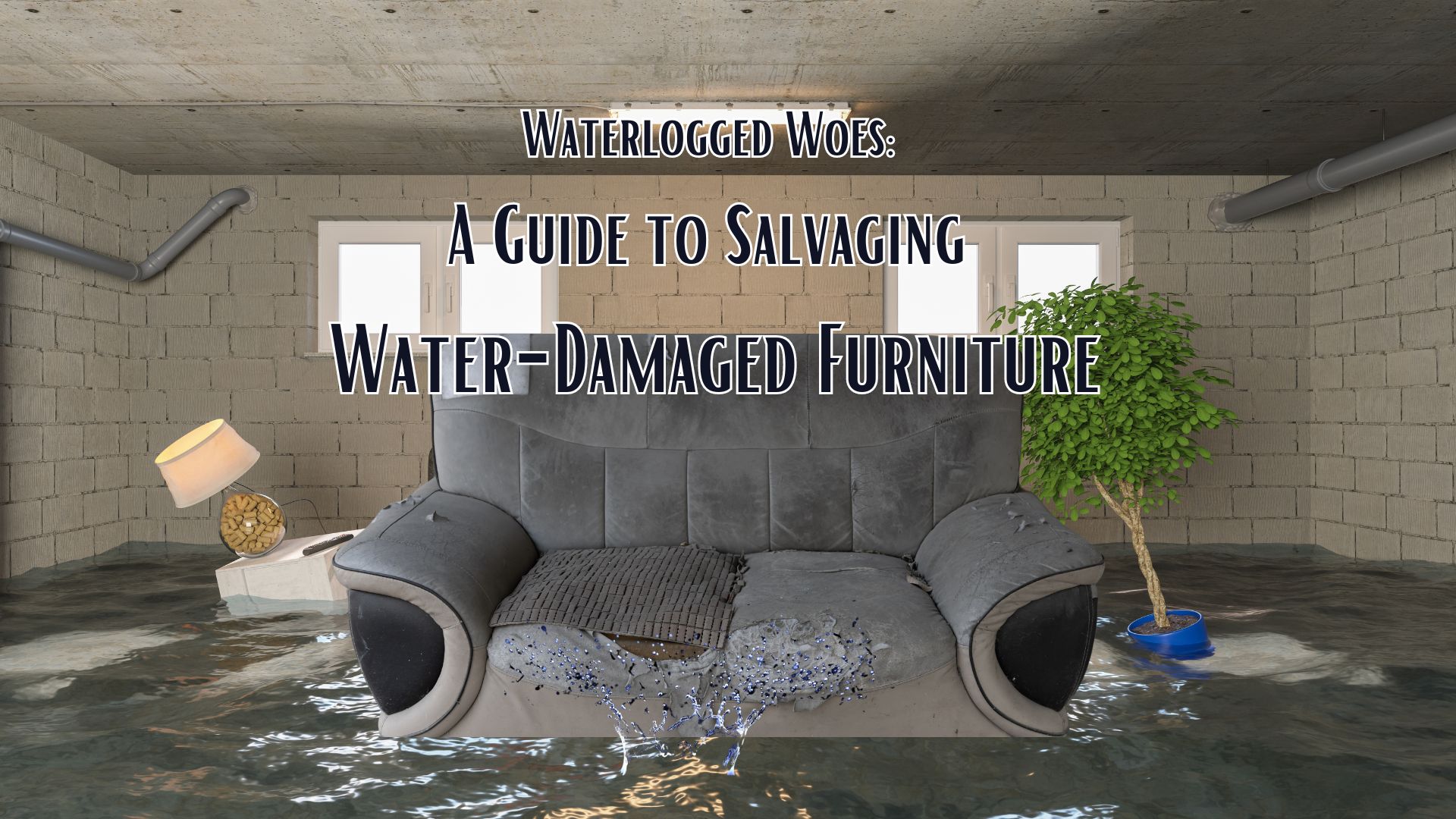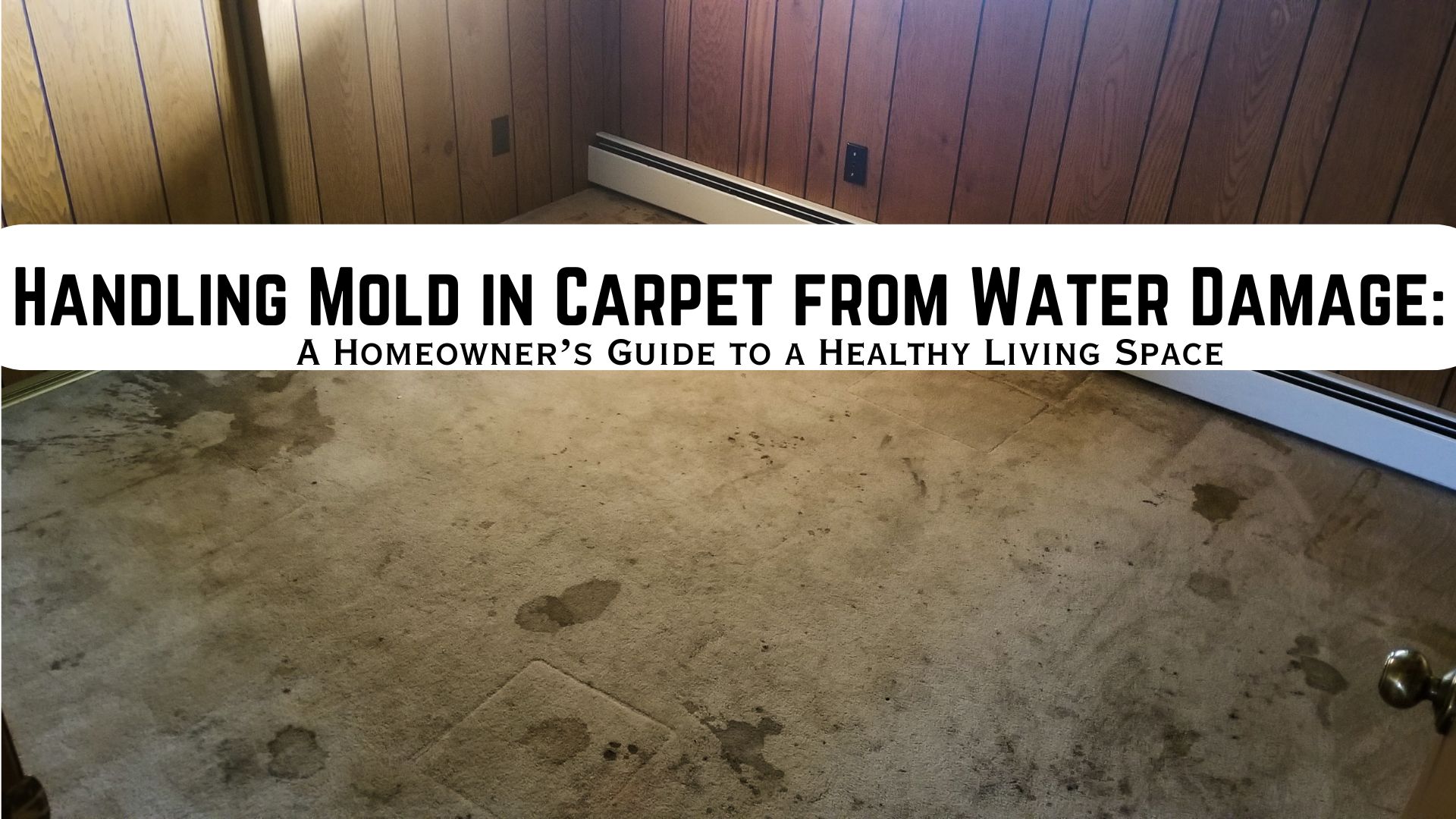
Chimneys, often considered the heart of a cozy home, provide warmth and ambiance. However, they are not immune to issues, and one prevalent concern that can disrupt the comfort of your living space is chimney leaks. In this comprehensive guide, we’ll delve into the causes, detection methods, and effective prevention strategies to keep your chimney watertight.
Understanding Chimney Leaks:
Before we explore the intricacies of chimney leaks, it’s essential to comprehend the anatomy of a chimney. A chimney consists of various components, including the crown, flashing, and mortar joints, all of which play a crucial role in keeping water at bay. Chimney leaks can occur due to a multitude of reasons, and addressing them promptly is crucial to prevent extensive damage.
Common Culprits – Causes of Chimney Leaks
Faulty Flashing and Damaged Chimney Caps:
Chimney flashing, a thin metal strip installed at the intersection of the chimney and the roof, is a common weak point. Damaged flashing allows water to seep into the chimney structure, leading to leaks. Similarly, a compromised chimney cap, designed to keep rain and snow out, can contribute to water leaking into the chimney.
Cracks in Chimney Structures:
The brick and mortar that make up the chimney can develop cracks over time. These cracks provide a direct entry point for water, especially during heavy rain or snowfall. Regular inspections of the mortar joints and the overall chimney structure are crucial to catch and address these issues early on.
Chimney Crown Issues:
The chimney crown, a concrete or mortar layer on top of the chimney, acts as a protective barrier. However, if it’s improperly constructed or deteriorating, it can allow water to seep through, causing water damage within the chimney.
Detecting Chimney Leaks – Signs and Symptoms
Identifying chimney leaks in their early stages is imperative to prevent extensive damage. When you suspect that your home may be experiencing chimney leaks, be vigilant for the following signs:
- Water Stains on Interior Walls: If you notice water stains or discoloration on your interior walls near the fireplace, it could be indicative of a chimney leak. Dealing with the issue quickly can stop more water damage.
- Damp Smells and Mold Growth: Persistent damp smells or the presence of mold and mildew in the vicinity of the chimney are red flags. These indicate excessive moisture, often caused by chimney leaks, which can lead to health hazards and structural damage.
- Visible Exterior Damage: Inspect the exterior of your chimney for any visible signs of damage, such as cracks in the brick chimney or deteriorating mortar joints. These can be pathways for water infiltration.
Chimney Repairs: A Solution to Leaky Chimneys
- Meticulous Brick and Mortar Repair:
Addressing cracks in the brick and mortar is crucial. Professional chimney repairs involving meticulous brick and mortar restoration can restore the structural integrity of your chimney, preventing further leaks.
- Chimney Liner Installation:
Installing or repairing chimney liners can enhance the water resistance of your chimney. Liners act as a protective barrier, preventing moisture from seeping into the brick and mortar.
- Effective Flashing and Cap Replacement:
To combat leaks caused by damaged flashing and chimney caps, timely replacements are essential. Invest in high-quality materials to ensure longevity and effectiveness in preventing water infiltration.
Preventing Chimney Leaks: Proactive Strategies
Regular Chimney Inspections and Maintenance:
Schedule regular chimney inspections, especially before the onset of rainy or snowy seasons. Addressing minor issues during inspections can prevent major leaks in the future.
Quality Chimney Covers:
A chimney cover, also known as a chimney cap, is a simple yet effective solution to prevent rain and snow from entering your chimney. Ensure that the cover is in good condition and free from damage.
Waterproofing the Chimney Crown:
Applying a waterproof sealant to the chimney crown can enhance its durability and prevent water penetration. Regularly check and reapply the sealant as needed to maintain its effectiveness.
Safeguarding Your Home from Chimney Leaks
In conclusion, chimney leaks are not merely inconveniences; they can lead to extensive damage and compromise the safety of your home. Regular maintenance, timely repairs, and proactive prevention strategies are key to ensuring your chimney remains a source of warmth and comfort, without the unwelcome intrusion of water. By understanding the causes and signs of chimney leaks, you empower yourself to protect your home from potential water damage and its associated consequences.
Role of Water Damage Experts—Superior Restoration
Water damage experts play a pivotal role in effectively managing chimney leaks and mitigating their consequences. These specialists possess the knowledge and experience needed to assess the extent of damage caused by leaks in chimneys, employing advanced techniques to identify hidden issues.
Utilizing state-of-the-art equipment, they can locate moisture within the structures, including hard-to-reach areas, ensuring a comprehensive evaluation. Once the assessment is complete, water damage experts develop precise and targeted solutions, addressing not only the visible signs but also underlying problems such as damaged flashing, deteriorating mortar joints, or compromised chimney caps. Their expertise extends to efficient repair methodologies, including meticulous brick and mortar restoration and the installation of protective chimney liners.
Beyond repairs, these professionals are equipped to offer valuable preventive advice, guiding homeowners on measures to safeguard their chimneys against future leaks. In essence, water damage experts serve as invaluable partners in preserving the structural integrity of homes and ensuring the longevity of chimneys.
For water, mold, and fire damage issues—-call Superior Restoration today! We will gladly serve you 24/7.



